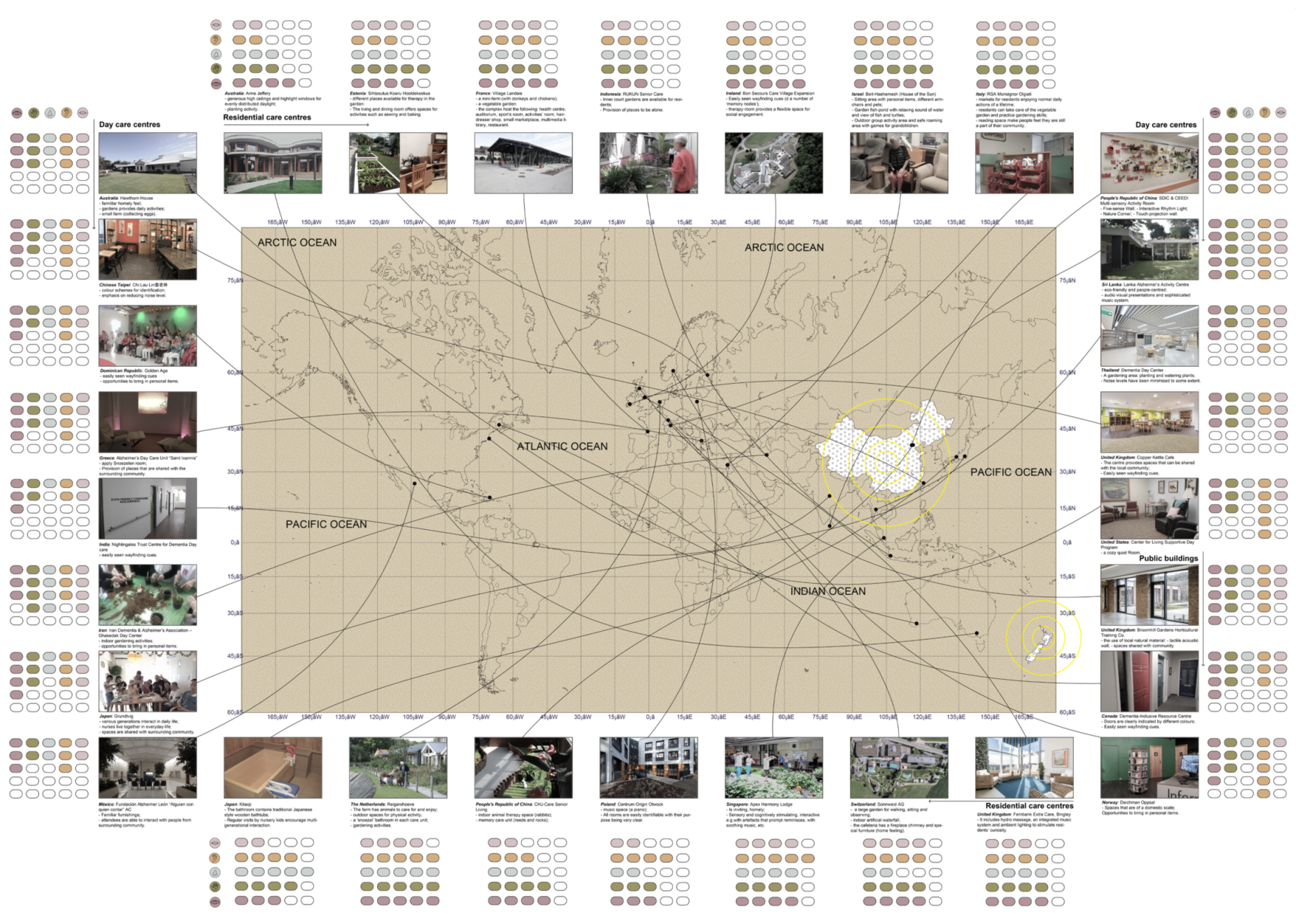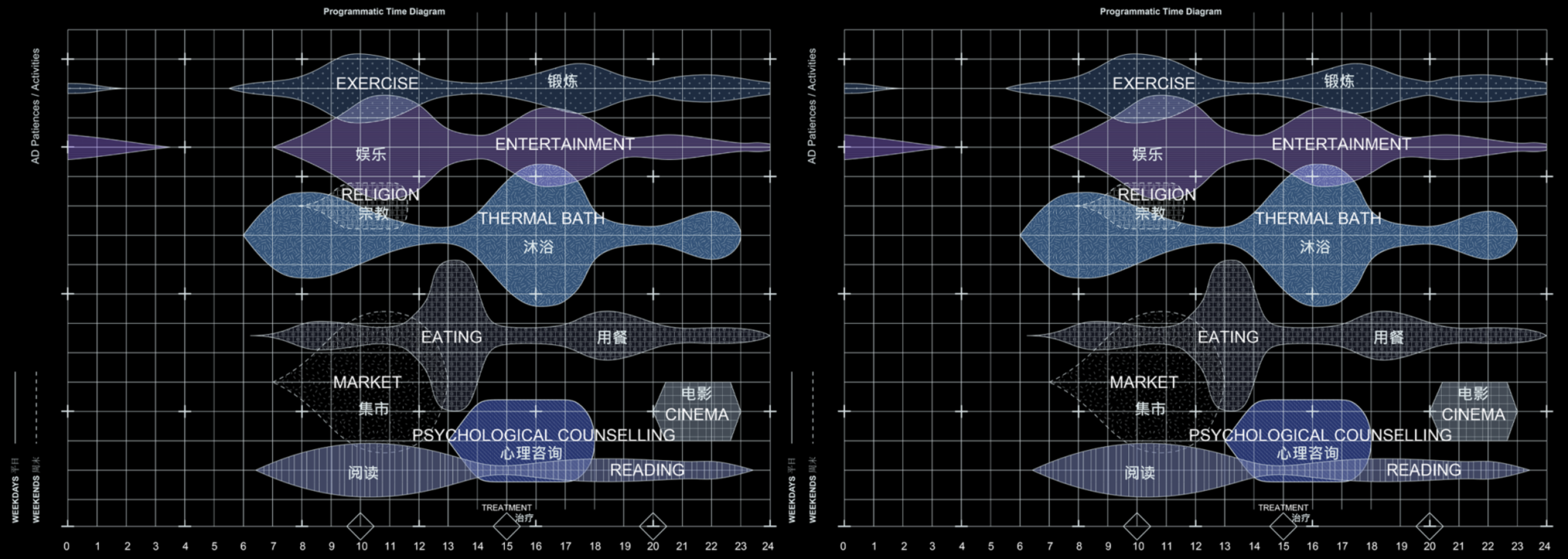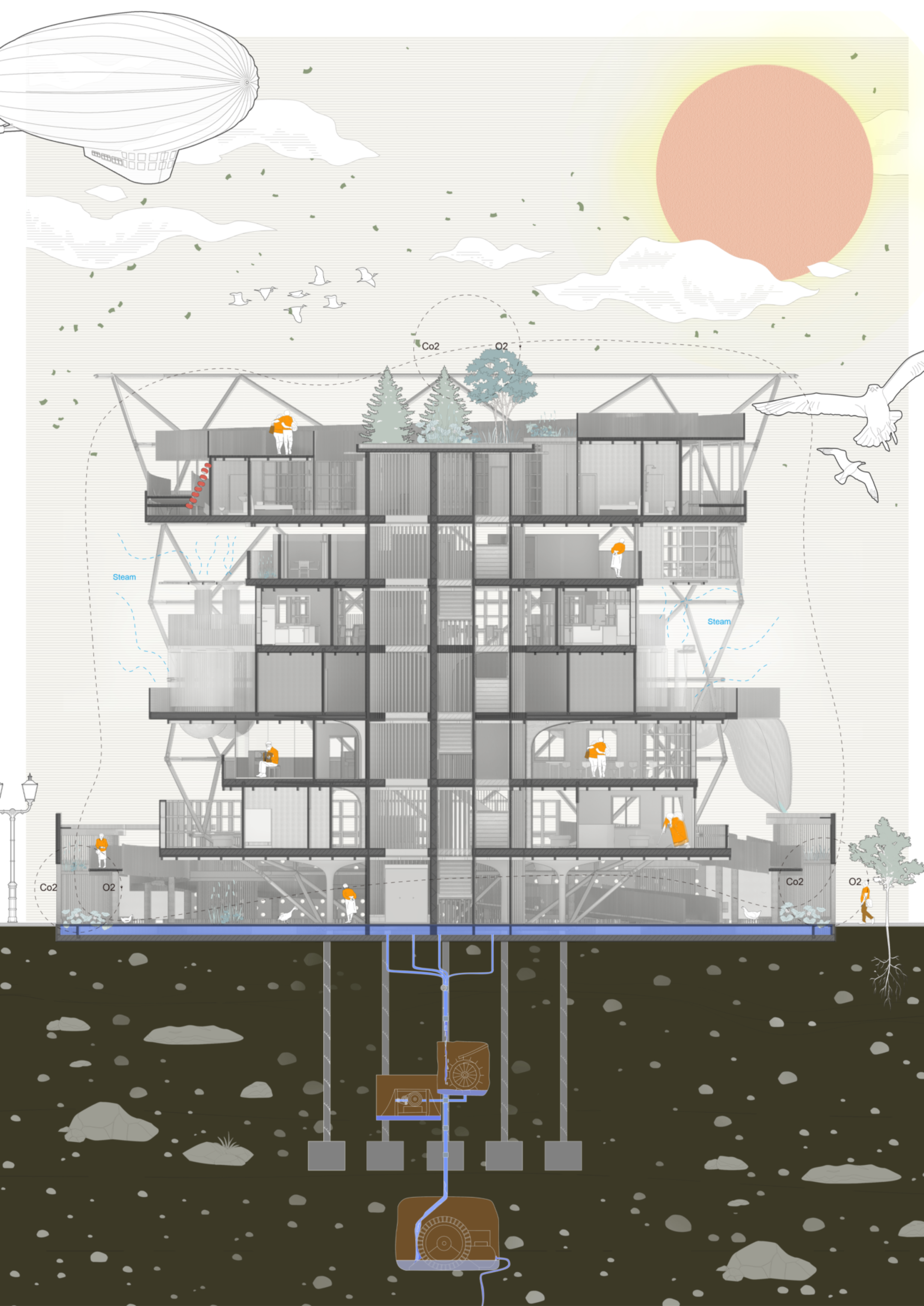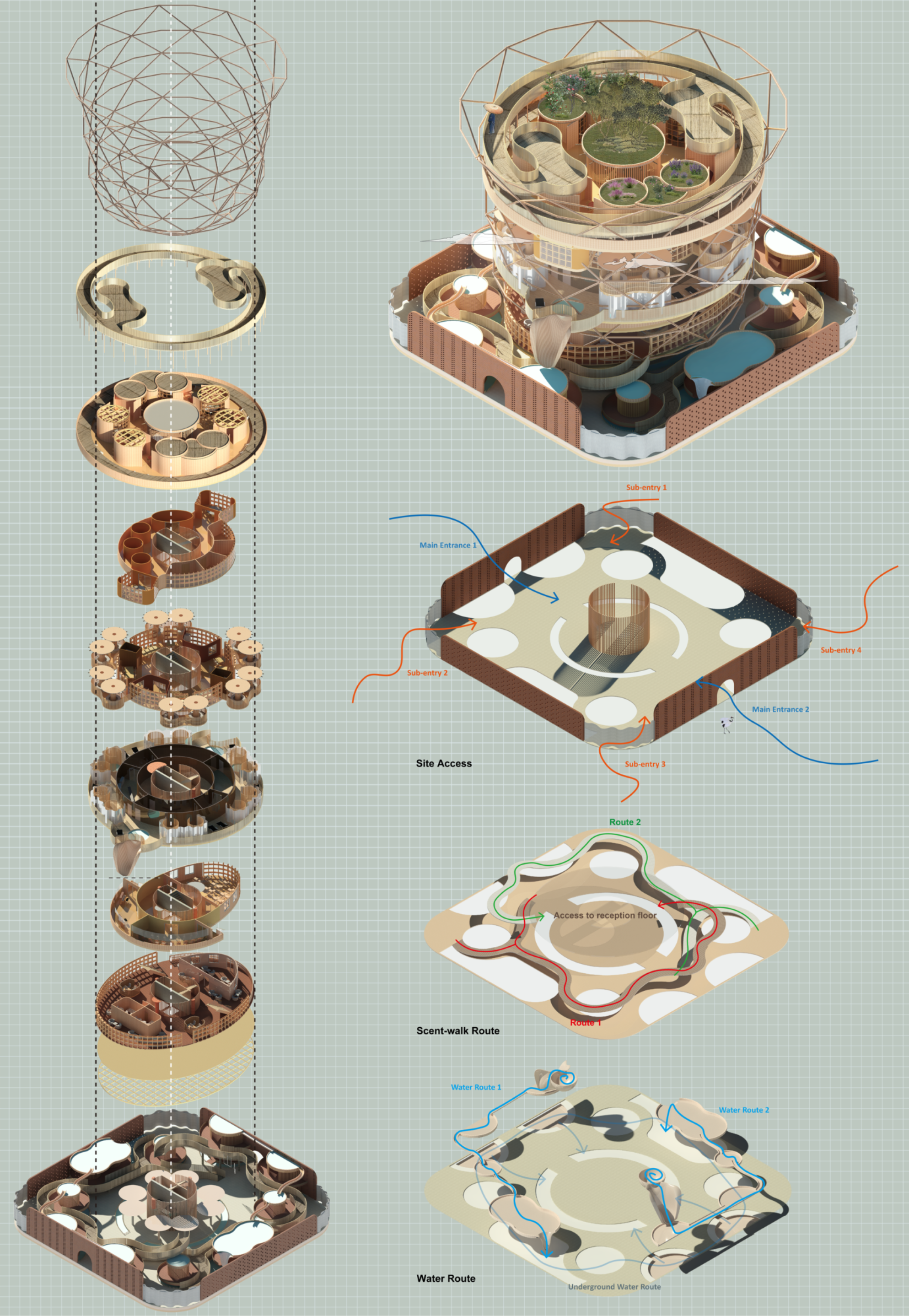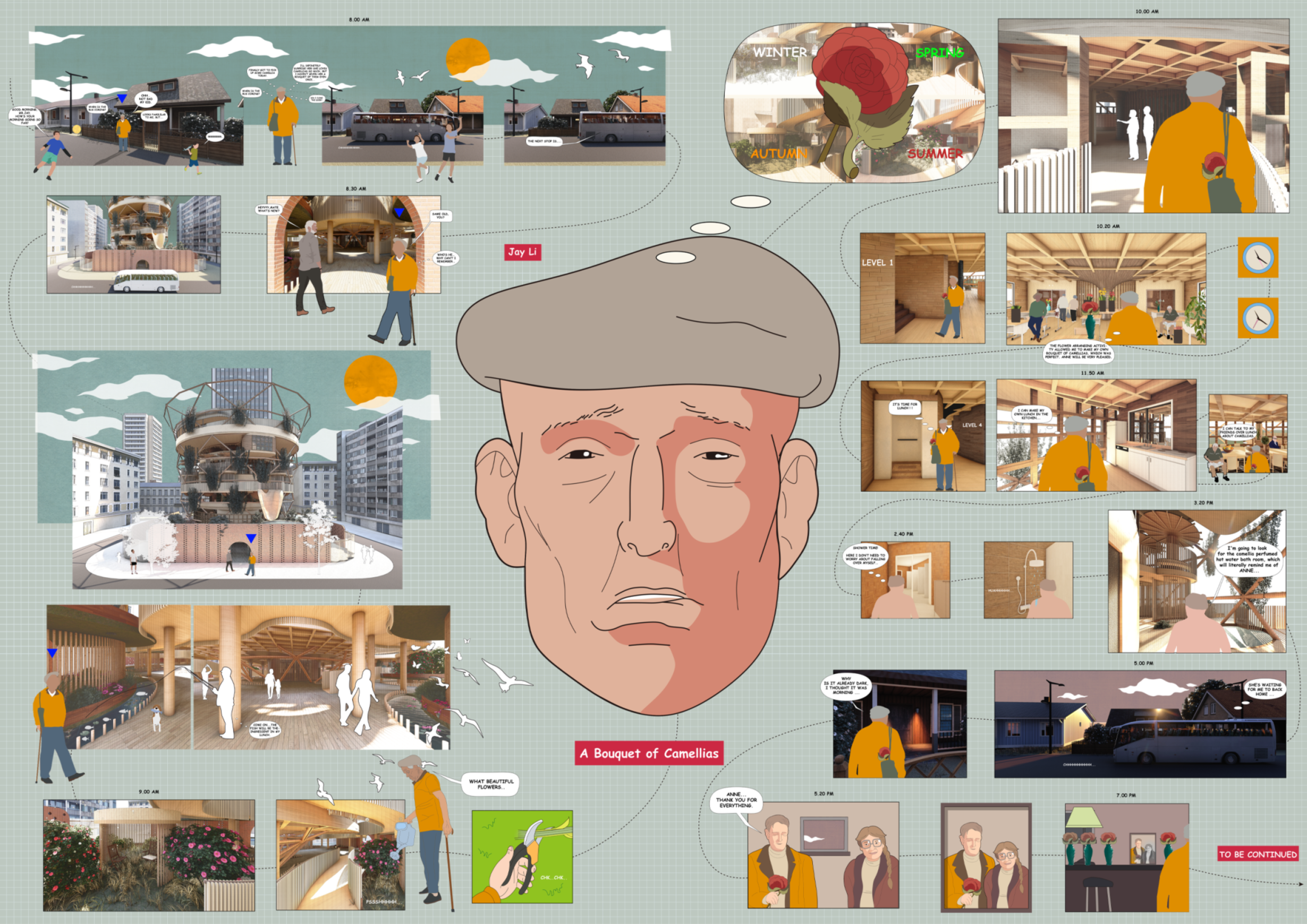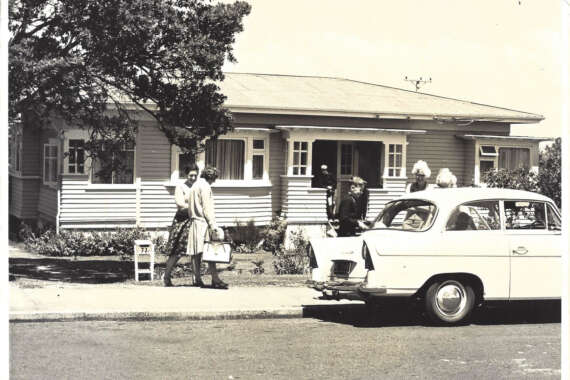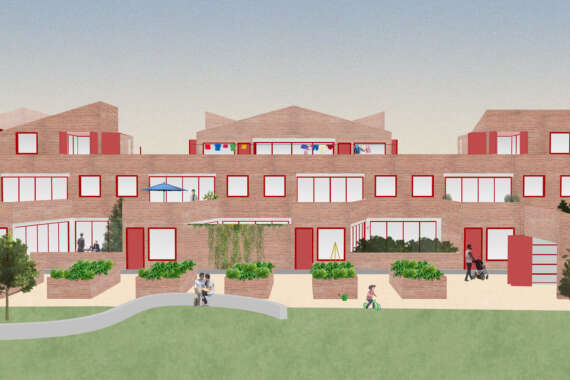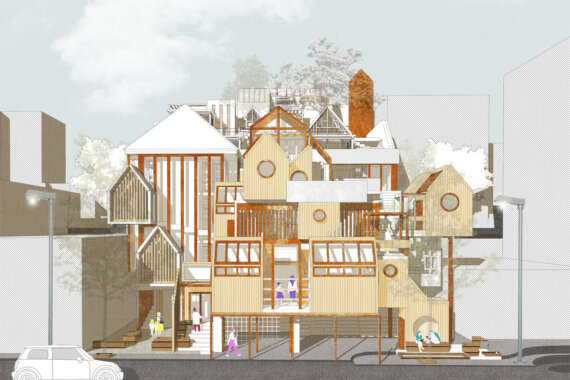The Un-forgetful Land
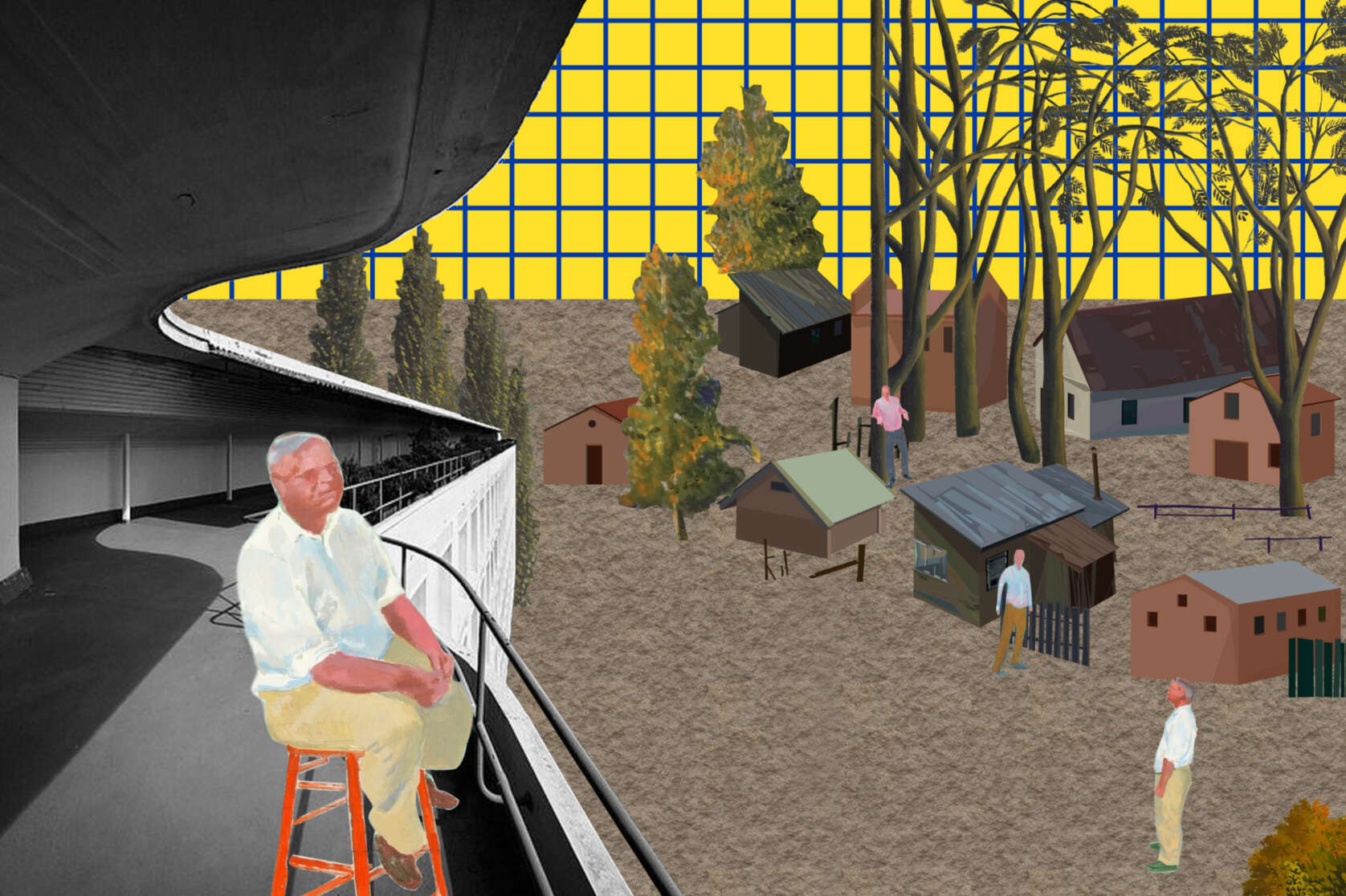
“What does it feel like?”
“Like constantly searching for something in your pockets. First you lose the small things, then it’s the big ones. It starts with keys and ends with people.”
― Fredrik Backman, And Every Morning the Way Home Gets Longer and Longer
Alzheimer's Disease is a progressive disease, the real cause of which is still unknown. Memory loss is considered to be the main symptom of Alzheimer's, which may lead to a persistent decline in thinking, behaviour and social skills, simultaneously progressively losing autonomy and spatial control.








